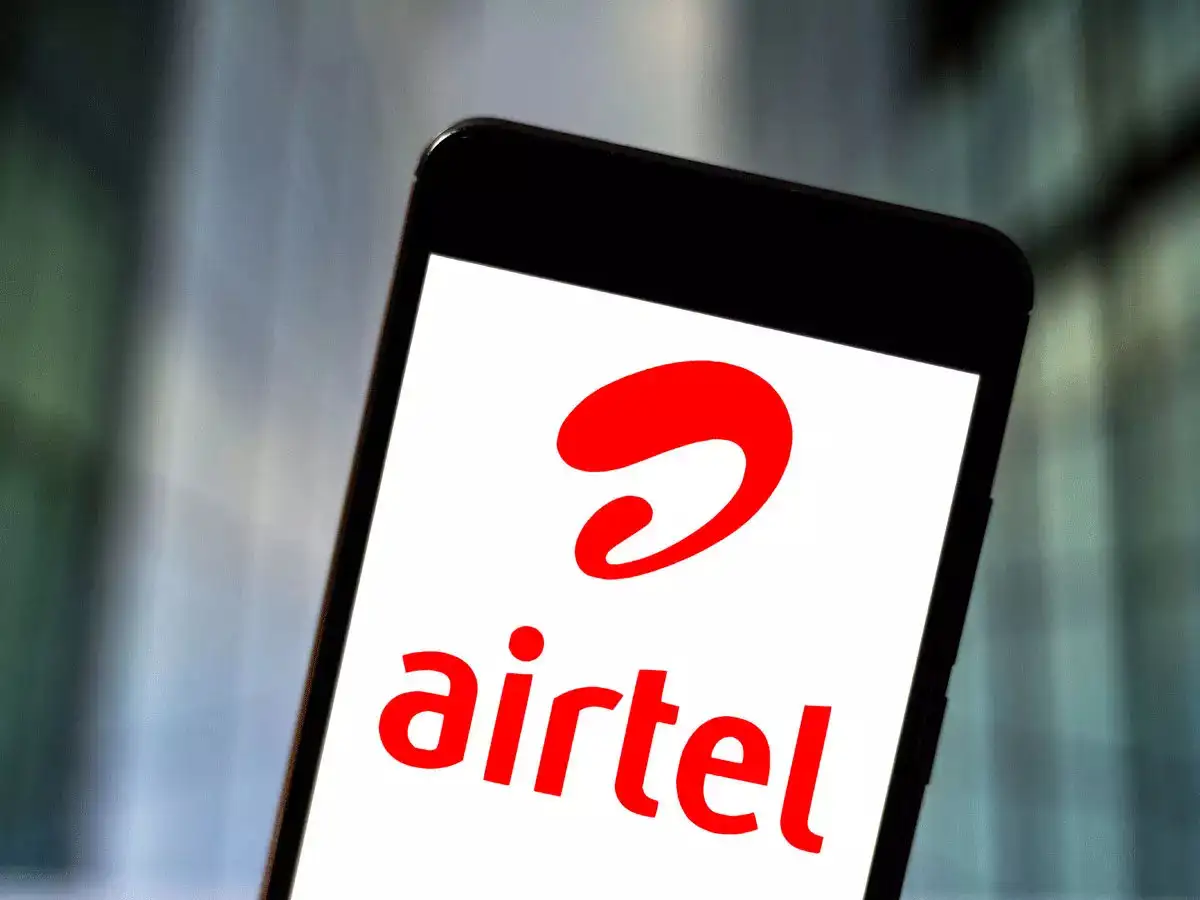To compete with Jio in the 5G market, Airtel may spend up to Rs 40k crores on 700 MHz spectrum: IIFL.

To compete with Jio in the 5G market, Airtel may spend up to Rs 40k crores on 700 MHz spectrum: IIFL.
According to IIFL Securities, to maintain its competitiveness over the long term and reduce the possibility that these premium airwaves will be given to state-run telecoms, Bharti Airtel could spend Rs 400 billion to purchase 5G spectrum in the 700 Mhz frequency band in the upcoming sale. The company also stated that although Airtel would not require extra low frequency (sub-GHz) frequency for 5G services in the forthcoming two years, it runs the danger of having 700MHz bandwidth allocated to PSUs by the government if it foregoes the auction of these frequencies in 2023.
However, the brokerage downplayed the economic effects of any temporary debt increase, stating that the operator has the option of using 75% of the proceeds from its Rs 210 billion rights issue, stable income market share (RMS) growth, and increasing average revenues per user (ARPU), all of which should keep the telco’s leverage in check.
In the first phase of its Rs 210 bn rights issue, Airtel has only raised so far only Rs 52.47 billion; the remaining amount can be raised whenever the telecom decides to launch the two further calls. Airtel can re-farm the 900MHz frequency for 5G, according to IIFL.
However, the telco’s considerably smaller shareholding in the low-frequency bands compared to Reliance Jio may not be sufficient to support 5G, 4G, and possibly 2G simultaneously. Hence, IIFL believes that the operator may ultimately have to bid for a 700MHz spectral range. 4G is expected to be in use over the next few years.
Following the conclusion of the 5G spectrum auctions earlier this month, Reliance Jio and Airtel are both preparing to deploy 5G services. Jio, which Mukesh Ambani founded, spent close to 40,000 crores to receive spectrum with a value more than double that of Airtel. Here, we will figure out why Mukesh Ambani invested so heavily in the 700MHz band and what he might do with it.
Reliance Jio and Airtel, two of India’s top telcos, are keen to introduce their 5G services now that they have passed.
Will Jio 5G outperform Airtel 5G in speed and quality?
Jio’s 5G strategy combines coverage and fast speeds because they are mutually exclusive. Imagine getting access to a 5G network with slow speeds or a 5G network with fast speeds that constantly lose signal.
Jio has coverage in the 700MHz band, capacity in the 3.5GHz band, and speed in the 26GHz mmWave frequency. These bands work together to provide a 5G National body that is both quick and dependable.
To offer 5G services, Airtel is now depending on its mid-band license acquisitions. The telco has had enough bandwidth in the 3.3GHz range to get going, but experts think it may eventually need to buy bandwidth in the 700MHz zone. For the time being, Sunil Mittal may have tossed the can down the road, but he will eventually have to pick it up.
Why did Jio purchase a 700 MHz spectrum?
When it comes to coverage, the 700MHz spectrum is one of the finest. Its range can reach up to 8 to 10 kilometers from tower to tower. This gives excellent coverage and can be pretty helpful for fast-expanding reach in rural and remote areas of the country. “We think Jio is well positioned to build out independent (SA) 5G after obtaining 700 MHz. SA 5G has the benefit of allowing the provider to provide genuinely low-latency applications like slicing. Given the scarcity of bandwidth (telcos can roll this out on 4G channels), this is tough for its competitors to offer, as per a BofA Securities study.
The 700MHz band’s drawback is that not all handsets in India now support it. Thus Jio will need to work with smartphone manufacturers to build the ecosystem. “While 5G SA still has a ways to go in terms of devices, infrastructure, and applications, Jio is better positioned than its competitors to provide unique services. According to the study, this might aid the business in luring high-end clients away from rivals, thereby raising the bar for high-end competition.
The History of the 700 Mhz Frequency band
The 700 MHz range, typically more expensive, is supposed to offer superior network coverage because of its low frequency and capacity to penetrate buildings effectively. This enables carriers to provide better, more reliable, and faster connections in densely populated urban regions like Delhi, Mumbai, Kolkata, etc.
Even at its high cost, providing broadband access in the 700 MHz spectrum is less expensive for telcos than the 2,100 MHz bands. Bands below 1000 MHz, or in the sub-GHz range, provide higher coverage while using less power. In comparison, the fastest crew, the 26 GHz frequency pop group, may not cover an extensive region, and trees and buildings may even obstruct its coverage. This band can give incredible speeds of over 1 gigabit per second. Consequently, it is said that a sub-GHz band, like the 700 MHz band, is more lucrative for a corporation than a GHz band.
Despite its benefits, it didn’t sell in the two prior telecom spectrum auctions, which took place in 2016 and 2021, because of the high reserve price. It cost Rs 11,485 per MHz in 2016, double the starting price of the 1,800 MHz bands.
Telcos are already having trouble in the cost Indian market due to fierce competition and the need to pay off mounting adjusted gross revenue-related debt. Leading telecom providers like Jio, Airtel, and Vodafone Idea have raised the cost of their data and voice plans as a result of the low total income per subscriber (ARPU) in the country. For more consumers to purchase 5G plans, telcos may also need to keep the price of the plans low. They could need to optimize and control the cost of the spectrum for that.
Jio’s Recreation Area
Jio is ahead of all competitors looking to deliver 5G in the sub-GHz spectrum because it is the only 700 Mhz frequency band provider for its 5G connectivity. It will provide Jio with a broad spectrum portfolio and allow it to provide 5G service even in rural regions at a lower cost.
The second-largest telco in India, Airtel, was curiously absent from the list of operators competing for the band. Senior Airtel executives have stated that the business won’t participate in future auctions for the 700 Mhz frequency band either because its spectral holdings and the additional airwaves it acquired in the just-finished auction are sufficient to provide high-quality 5G services. The authorities stated that this was why it decided not to participate in the latest auction for frequency in the 700 MHz bands.
Jio spent a total of Rs 88,078 crore on the 700 MHz band and the 800 MHz, 1,800 MHz, 3,300 MHz, and 26 GHz bands. According to reports, the general public may be able to use 5G services by September or October, and the government plans to allocate airwaves by August 15.
edited and proofread by nikita sharma




